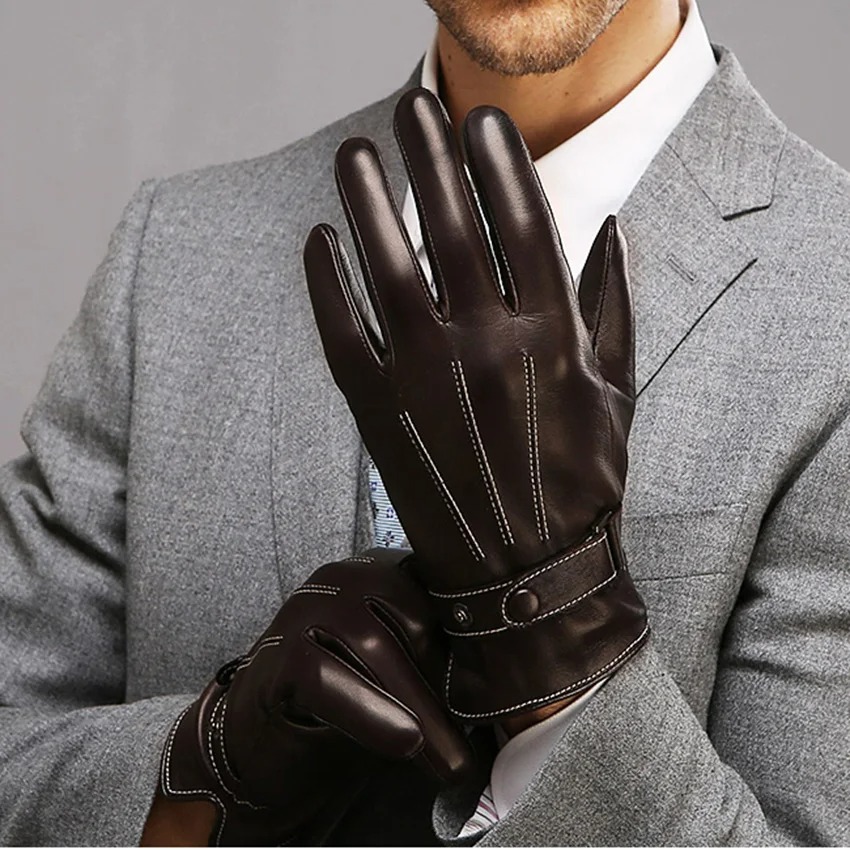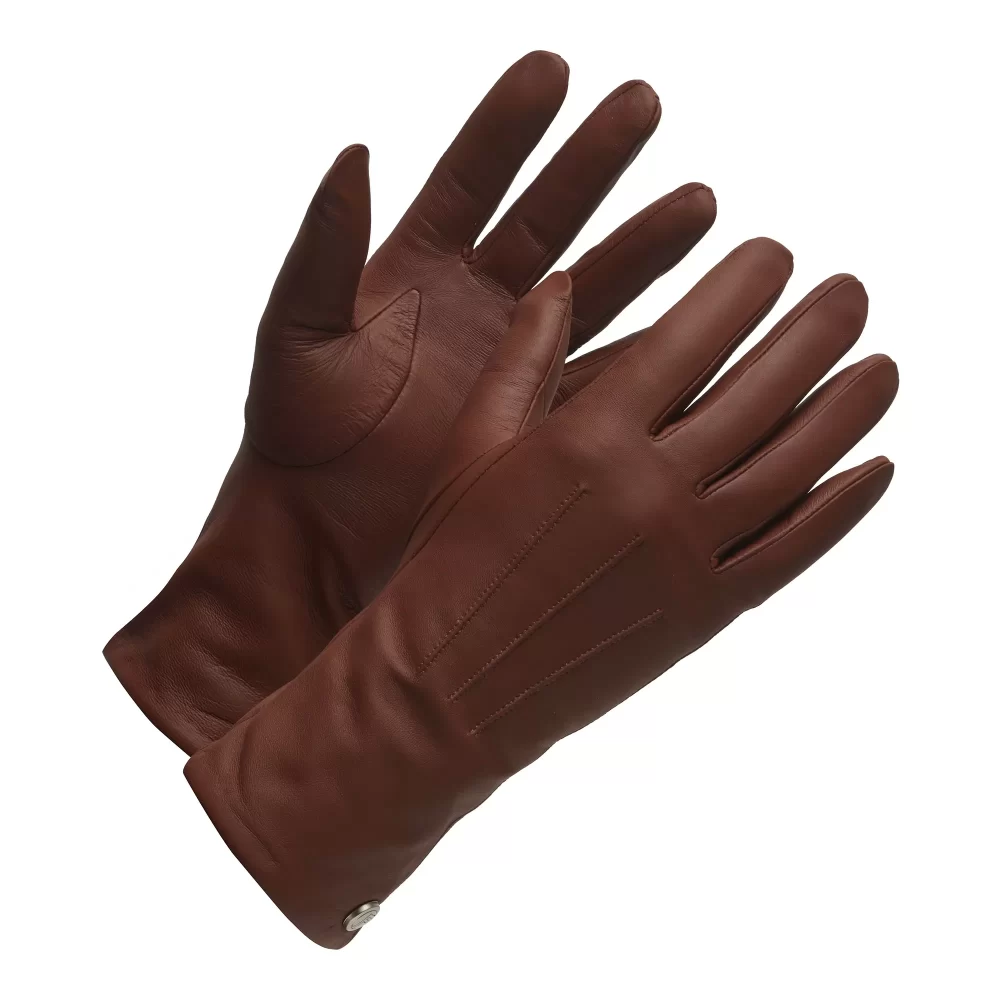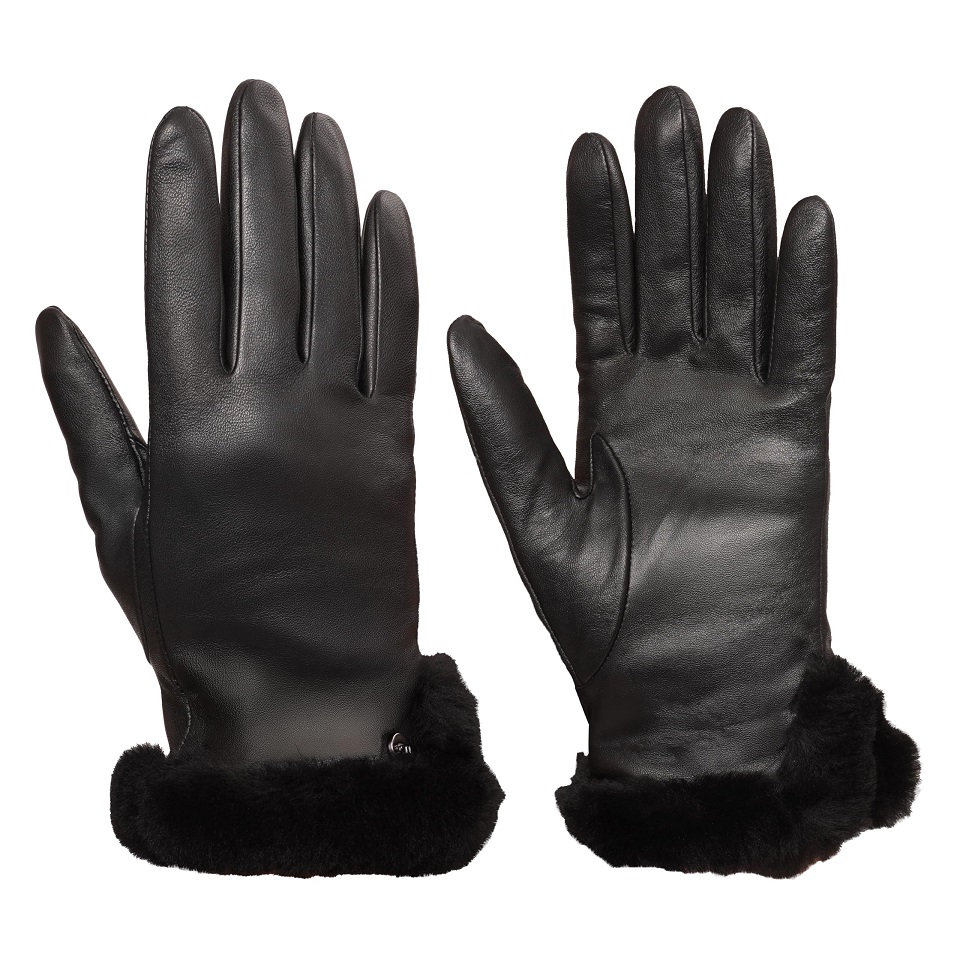Introduction to Leather Glove Care
Leather gloves are a timeless accessory that can elevate any look. But to keep them looking their best, they require special care. This guide will walk you through the various aspects of leather glove care, from identifying the type of leather to the final steps of maintenance. Whether you’re dealing with kidskin, chamois, doeskin, buckskin, or washable leather gloves, you’ll learn how to clean and preserve these delicate items. Understanding how to clean leather gloves correctly is essential to avoid accidental damage and to extend their lifespan. We’ll cover pre-cleaning steps, detailed cleaning methods for each type of leather, and proper drying techniques. Finally, we’ll provide tips for tackling stubborn stains and offer advice for long-term maintenance to ensure your gloves stay soft, supple, and ready for any occasion. Let’s delve into the art of leather glove care.

Identifying Leather Glove Types
To care for your leather gloves properly, knowing the type of leather is key. This helps you choose the right cleaning methods. Let’s identify common leather glove types.
Kidskin Leather Gloves
Kidskin gloves come from the hide of a young goat. This leather is delicate, smooth, and thin. They need gentle cleaning to avoid damage.
Chamois and Doeskin Gloves
Chamois and doeskin are soft leathers typically from deer, lamb, or goat. They are known for their supple texture. Handle them with extra care.
Buckskin Leather Gloves
Buckskin leather is from sheepskin treated with chrome tanning chemicals. It’s soft yet durable. Clean buckskin gloves with attention to their unique texture.
Washable Leather Gloves
Some leather gloves, labeled washable, can handle water better than others. Always follow the manufacturer’s instructions for these gloves to clean them safely.
Pre-Cleaning Considerations for Leather Gloves
Before diving into the cleaning process for leather gloves, it’s crucial to consider a few pre-cleaning aspects. These preparatory steps ensure that you clean your leather gloves effectively without causing damage. Here are some key considerations to keep in mind:
Check the Manufacturer’s Label
Always start by checking the manufacturer’s label or care tag inside your leather gloves. This label often provides specific instructions on whether the gloves are washable and the recommended cleaning methods.
Identify the Type of Leather
As discussed earlier, knowing whether you’re dealing with kidskin, chamois, doeskin, buckskin, or washable leather gloves is vital. Each type might require a slightly different approach in cleaning to prevent damage.
Assess the Gloves’ Condition
Inspect your leather gloves carefully for any signs of damage, such as tears or thread pulls. Address these issues before cleaning as they may worsen during the cleaning process.
Remove Surface Dirt
Gently brush off any surface dirt or dust from the gloves with a soft brush. This prevents any abrasive dirt particles from scratching the leather during washing.

Step-by-Step Cleaning Guide for Different Leather Types
Now that we know the types of leather gloves and the pre-cleaning considerations, let’s move into the specific cleaning steps. Each leather type has its unique qualities, so it’s important to use the right cleaning technique to avoid damage.
Cleaning Kidskin Leather Gloves
Kidskin leather gloves are delicate, so handle them with extra care. Start by dipping them in lukewarm water mixed with a gentle cleanser. Allow them to soak for about 1 hour to loosen the dirt. Then, give them a gentle scrub to tackle any spots. Rinse them thoroughly and gently pat them dry with a clean towel. Remember, kidskin is sensitive to heat and quick drying, so let them air dry slowly.
Cleaning Chamois and Doeskin Gloves
For chamois and doeskin gloves, it’s best to clean them while wearing them on your hands. This helps maintain their shape. Use lukewarm water and a mild soap. Submerge and gently agitate your hands before rinsing in clean water of the same temperature. As with any leather, be gentle with the towel-drying process and let them air dry away from direct heat sources.
Cleaning Buckskin Leather Gloves
Buckskin gloves are a little sturdier. You can clean them using a similar method to chamois and doeskin gloves. A gentle brushing post-soaking may help remove stubborn stains. Ensure the gloves are thoroughly rinsed to remove all soap before laying them flat on a dry towel in a warm, airy space to air dry.
Drying Techniques for Leather Gloves
Proper drying is just as important as cleaning to keep your leather gloves in top condition. After washing them, here’s how to dry different types of leather gloves.
Using Glove Stretchers for Drying
Glove stretchers can help gloves maintain their original shape while drying. Insert the stretchers carefully into each glove after washing. This will prevent leather from shrinking or wrinkling. Position the gloves in a warm, but not hot, place to air dry slowly and naturally.
Tips for Drying Leather Gloves without Damage
Avoid heat sources, like radiators or direct sunlight, when drying leather gloves. These can cause the leather to stiffen or crack. Instead, lay the gloves flat on a soft, dry towel in a well-ventilated area. If possible, hang gloves by a hook if a stretcher has one. Check the gloves as they dry; when almost dry, wear them briefly to help shape. Remember, patience is key – never rush the drying process. Fast drying can do more harm than good to your valuable gloves.

Dealing with Stubborn Stains and Damage
When you find tough stains on your leather gloves, don’t panic. Follow these steps to address them safely.
Assess the Stain Type
Before treating a stain, figure out what caused it. Oil, ink, and wine require different approaches.
Test Cleaning Methods
Always spot test a hidden area first. This ensures the cleaner won’t harm the leather.
Use Specialized Cleaners
For ink or oil, get a cleaner made for leather. Follow the instructions carefully.
Apply Cleaner Gently
Dab the stain with a soft cloth and cleaner. Rub gently in a circular motion.
Avoid Water for Ink Stains
Don’t get ink stains wet. Water can make them spread. Stick to leather-specific products.
Seek Professional Help
If stains persist, consider a professional cleaner. They have experience and the right tools.
Handling damage needs a cautious approach, too:
Assess the Damage
Look closely at tears or scratches. Decide if they are fixable at home or need an expert.
Use Leather Adhesive for Tears
For small tears, apply leather adhesive. Follow the product guide for the best results.
Condition After Repair
After fixing, apply a leather conditioner. This helps restore moisture and flexibility.
Prevent Future Damage
Store gloves properly and handle them with care. Prevention is better than repair.
Tackling stains and damage should always be done with care. If in doubt, seek professional help. Regular care can prevent many issues and extend the life of your leather gloves.
Long-Term Maintenance of Leather Gloves
Long-term maintenance is crucial for keeping your leather gloves in pristine condition. Here are essential tips for preserving your leather gloves over time:
Handle with Care
Treat your gloves gently. Avoid pulling at the seams or stretching the leather unnecessarily. This can prevent tears and maintain the gloves’ integrity.
Regular Conditioning
Condition leather gloves regularly to keep the material supple. Using a quality leather conditioner helps prevent drying and cracking. Apply it sparingly and according to the product’s instructions.
Proper Storage
Store gloves flat in a cool, dry place. This avoids creases and keeps the leather from deteriorating. Don’t cram them into tight spaces or leave them folded.
Avoid Exposure to Harsh Elements
Keep gloves away from water, heat, and direct sunlight. These can cause harm to the leather, leading to fading and degradation over time.
Clean After Use
Wipe down your gloves after each use. A soft, damp cloth can remove oils and dirt without needing a full wash. This can also prevent buildup that’s harder to clean later.
Rotate Glove Usage
If you own multiple pairs, rotate their usage. This gives each pair time to breathe and return to their natural shape between wears.
By following these long-term maintenance tips, you can ensure that your leather gloves will last for seasons to come. Handling them with care and attention to detail can make all the difference in preserving their quality and elegance.
Conclusion and Additional Care Tips
Caring for leather gloves involves more than just regular cleaning. To maintain their look and feel, you must handle them with the utmost attention. Remember to use gentle cleaning methods suited to your specific type of leather glove, whether it’s kidskin, chamois, doeskin, buckskin, or washable leather.
When drying, steer clear of heat sources and sunlight that can harm the leather. A good practice is to use glove stretchers or lay the gloves flat on a towel. Moisture can lead to mildew, so ensure they dry thoroughly before storing. And speaking of storage, keep gloves in a cool, dry environment, away from cramped spaces.
Conditioning leather gloves is a step you can’t skip. It keeps them soft and prevents cracks. Use a reputable leather conditioner and follow its instructions. Moreover, rotate your gloves if you have several pairs, as this allows each pair to rest and retain its shape.
Lastly, for any tough stains or tears, it might be best to seek a professional’s help. They have the right tools and expertise to handle delicate leather without causing additional damage. Make these practices part of your routine to enjoy your elegant leather gloves for many more years to come. By taking these extra steps, you ensure that the gloves not only stay clean but also preserve their classic appeal and durability.
